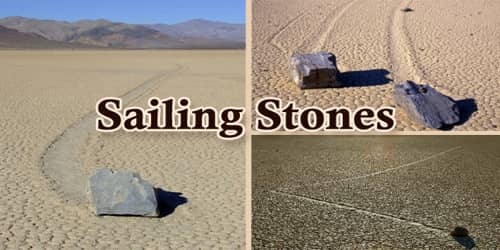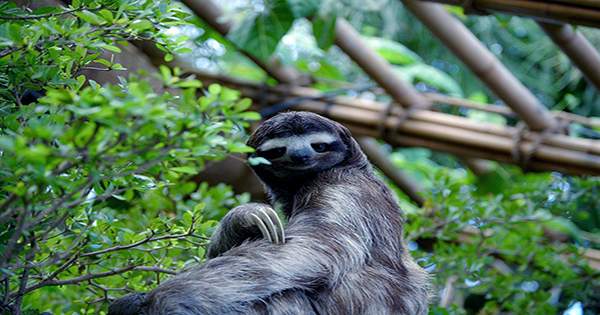Gehlenite, Ca2Al[AlSiO7], is a sorosilicate, Al-rich endmember of the melilite complete solid solution series with akermanite. It is a particular kind of sorosilicate. It is a mineral of a grayish color and resinous luster, found chiefly at Mount Monzoni in Tyrol. The type locality is in the Monzoni Mountains, Fassa Valley in Trentino in Italy, and is named after Adolf Ferdinand Gehlen (1775–1815) by A.J. Fuchs in 1815.
General Information
- Category: Sorosilicates
- Formula: Ca2Al[AlSiO7]
- Crystal system: Tetragonal
- Crystal class: Scalenohedral (42m)

Fig: Gehlenite
Properties
Gehlenite has a Mohs hardness of 5-6, a vitreous to greasy luster, distinct to good cleavage and is yellow-brown, greenish grey or colorless. Its streak is white or grey-white. It is uniaxial (-), has an anomalous nonzero 2V angle and has a characteristic ‘ultrablue’ birefringence.
- Colour: yellow-brown, green-grey, colorless
- Cleavage: Distinct/good
- Mohs scale hardness: 5-6
- Luster: vitreous, greasy
- Streak: white, grey-white
Occurrence: In contact metamorphosed impure limestones; in calcium-rich ultrama¯c volcanic rocks.
Its occurrence in the early condensation phase of the solar nebula was predicted by Harry Lord in the 1950s, but studies of carbonaceous chondrites did not support this claim until the Allende meteorite was discovered in 1969. It is also found in diorite intruded carbonate rocks, and to a far lesser extent in uncompahgrites, melilitites, alnoites, lamprophyres and possibly kimberlite pipes.
Association: Dolomite, calcite, augite, olivine, nepheline, leucite, merwinite, spurrite, diopside, ferroan spinel, phlogopite, pyrope, grossular, antigorite, pyroxenes, apatite, vesuvianite.
Information Source:
















